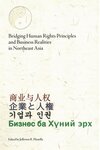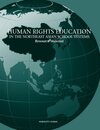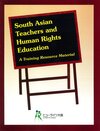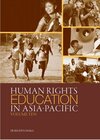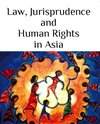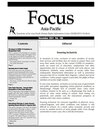This was a public interest litigation. A woman had been raped by five men in front of the woman's husband. Though she sought justice, she encountered obstacles: the police inadequately responded to her complaint and government doctors refused to properly conduct a medical examination. A public interest lawyer took up the woman's case.
The Court used international law (CEDAW) in enacting guidelines for combating sexual harassment in the workplace. ''Any International Convention not inconsistent with the fundamental rights and in harmony with its spirit must be read into these provisions to enlarge the meaning and content thereof.'' Using CEDAW as a guideline, the Court ensured that women would be better protected in the workplace, as to violate the Court's standards protecting women would be a breach of the law.
(found in ''Gender Justice through Public Interest Litigation: Case Studies from India'' by Avani Mehta Sooc, Vanderbilt Journal of Transnational Law, Volume 41, Number 3, May 2008, pp. 836-837, 863, 866-867)

